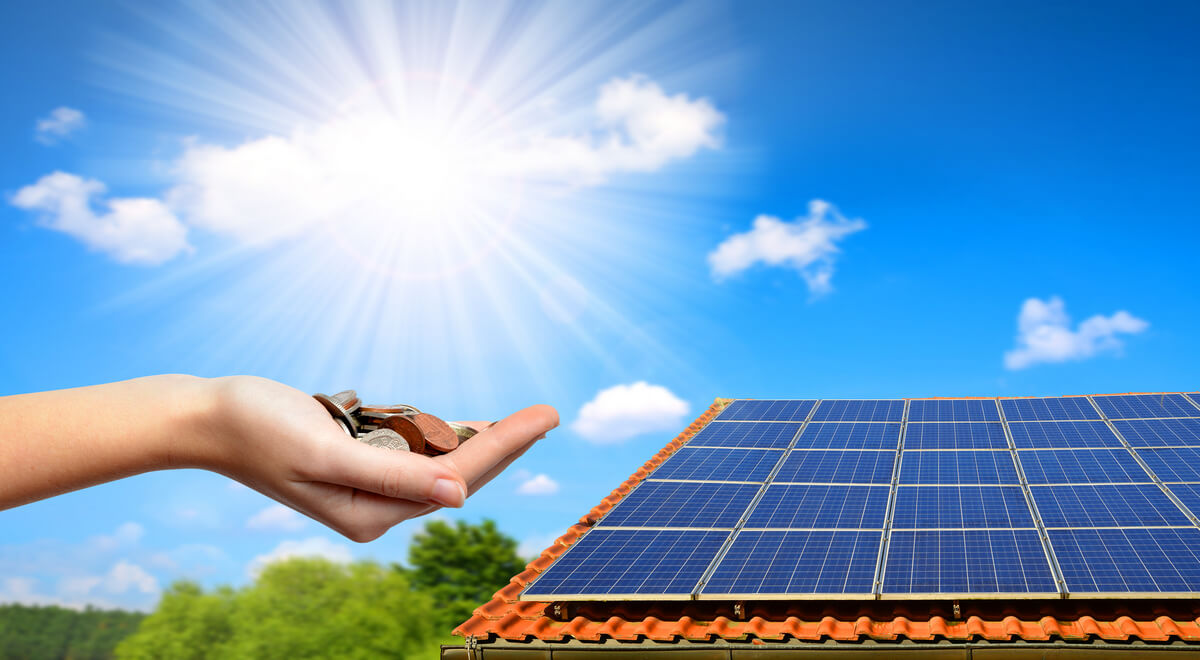In today’s real estate market, green & sustainable features are very desirable for a number of reasons. First, conserving resources is just smart living. Many of our resources are limited and expensive, so saving money is crucial! Secondly, home buyers in today’s market have a real appreciation for “greener”/more sustainable homes.
As a veteran real estate agent on Oahu, I understand the importance of making homes more sustainable. Not only does it benefit our planet, but in the long run, it benefits our keiki for generations to come! Just do it!
Here are 10 LOW-COST changes homeowners can implement to increase their home’s sustainability:
1. **Switch to LED Lighting (Approx. Cost: $5-$10 per bulb)**
– Replace incandescent bulbs with LED lights to lower energy use and costs is a simple switch that can be done room by room to spread out expenses.
– LEDs have a longer lifespan, thus reducing the frequency of replacements.
2. **Install Low-Flow Water Fixtures (Approx. Cost: $10-$30 each)**
– Adding low-flow showerheads and faucet aerators can significantly cut down on water usage and are typically affordable, with many options available under $50.
– These can be easily installed by the homeowner, requiring no professional assistance.
3. **Seal Windows and Doors (Approx. Cost: $5-$50 for materials)**
– Use weather stripping or caulk to seal leaks around windows and doors, which can be a cost-effective way to improve energy efficiency.
– Materials for this update are inexpensive and available at any hardware store, with immediate impacts on heating and cooling bills.
4. **Programmable Thermostat (Approx. Cost: $20-$150)**
– A basic programmable thermostat can be purchased for under $500 and installed without professional help, allowing for better control over heating and cooling.
– Setting temperatures to adjust for when you are away or asleep can significantly reduce energy usage.
5. **Use Natural Cleaning Products (Approx. Cost: $5-$20 for supplies)**
– Opt for homemade natural cleaning solutions using vinegar, baking soda, and lemon, which are effective and minimize the release of toxins.
– These ingredients are inexpensive and have multiple uses around the home, from cleaning surfaces to unclogging drains.
6. **Start a Vegetable Garden (Approx. Cost: $30-$100 for initial setup)**
– Gardening supplies and seeds for starting a vegetable garden are relatively inexpensive and can reduce your carbon footprint by providing home-grown produce.
– Besides the environmental benefits, gardening can also be a rewarding hobby.
**Compost Kitchen Waste (Approx. Cost: $20-$50 for a bin)**
– Setting up a compost bin for kitchen scraps is a low-cost way to reduce waste and create nutrient-rich soil for your garden.
– Composting can be done in a homemade bin, making it an economical choice that benefits your garden and the environment.
8. **Utilize Smart Power Strips (Approx. Cost: $20-$40 each)**
– Smart power strips prevent energy waste by cutting power to devices when they’re not in use, and they’re generally available for under $30.
– This simple change can lead to noticeable savings on your electricity bill with minimal investment.
9. **Collect and Use Rainwater (Approx. Cost: $50-$150 for a rain barrel)**
– Use rain barrels to collect rainwater for garden and lawn watering, which can significantly reduce your water bill and is gentle on your budget.
– Many rain barrels are available for under $500, and setting them up is straightforward.
10. **Add Door Sweeps (Approx. Cost: $5-$25 each)**
– Installing door sweeps on exterior doors is an inexpensive way to prevent drafts and improve your home’s energy efficiency.
– Door sweeps can be easily installed by the homeowner, making this a cost-effective solution for reducing energy loss.
These approximate costs can help homeowners budget for each sustainability improvement, making it easier to plan for eco-friendly upgrades.Implementing these sustainable practices not only contributes to a healthier planet but can also enhance the appeal and value of homes on the market.
We’d love some comments about the green/sustainable features of your home or which features you plan to add in the future!
#lowflowwaterfixture #ledlighting #smartpowerstrings #rainwaterharvestings #insulation #programmablethermostat #oahusbesthomes #plantatree #plantagarden





